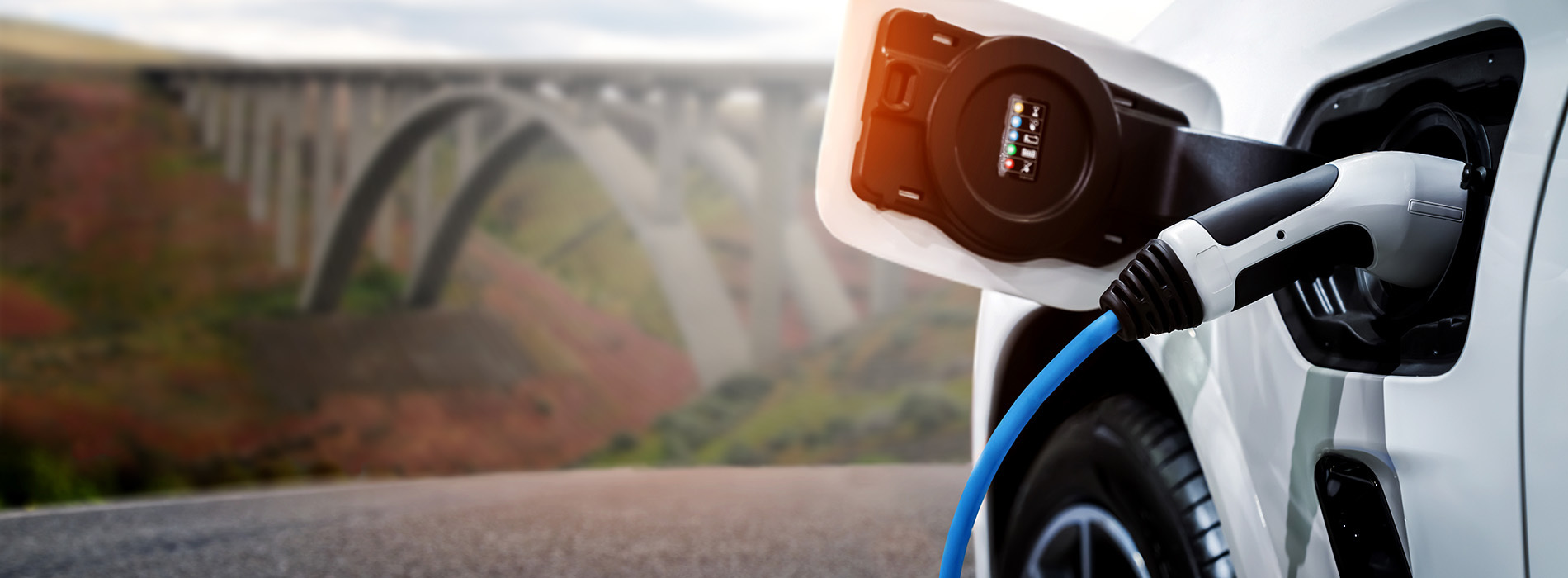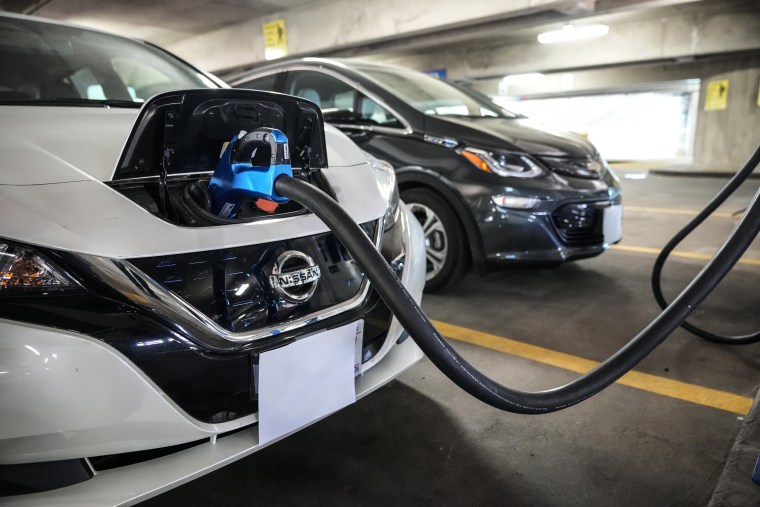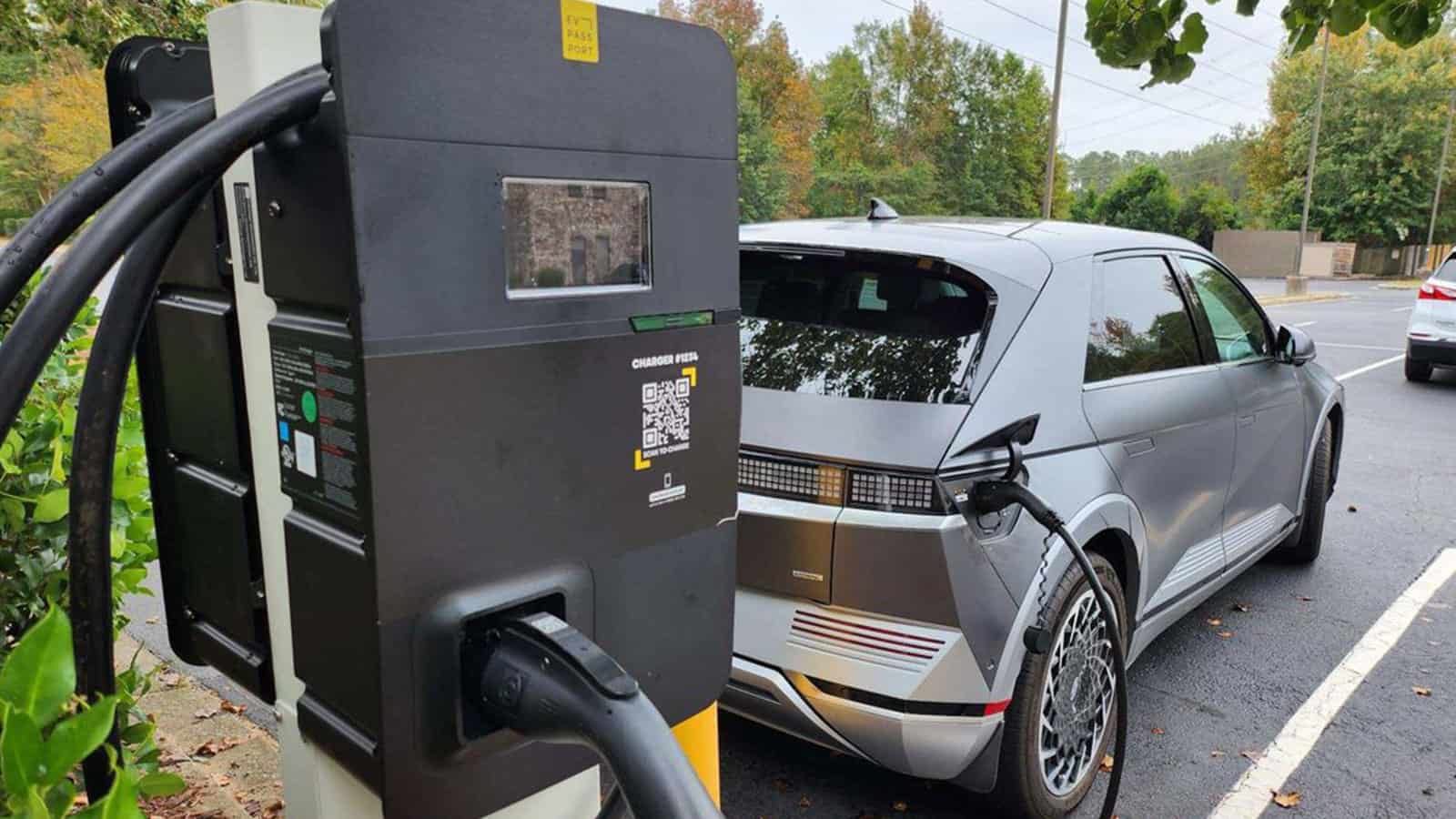Top Reasons Why It’s Essential to Buy EV Charging news Regularly
Top Reasons Why It’s Essential to Buy EV Charging news Regularly
Blog Article
New Dope in EV Charging: Just How the Sector Is Advancing to Meet Demand
As the electrical lorry (EV) market continues to increase, the charging infrastructure is undergoing considerable changes to attend to the rising demand. The effects of these innovations elevate important concerns concerning the future of EV billing and its duty in the broader energy ecological community.
Growth of Billing Infrastructure
The fast expansion of electrical vehicle (EV) charging facilities is an important element in helping with the widespread fostering of electrical movement. As governments, private firms, and customers increasingly recognize the significance of reducing carbon discharges, financial investments accountable networks have surged. This facilities growth is necessary to ease variety anxiety, making sure that EV customers have hassle-free accessibility to charging stations.
Considerable improvements accountable station technology and deployment techniques have actually arised. Urban locations are seeing an expansion of public billing terminals, while rural regions are slowly being incorporated right into the charging network. Moreover, partnerships between automotive manufacturers and charging suppliers are coming to be extra common, facilitating the establishment of thorough networks that improve individual experience and availability.
Furthermore, the integration of renewable resource resources into billing terminals is obtaining energy, promoting sustainability in the EV ecosystem. This shift not just supports ecological goals yet additionally straightens with the increasing demand for green power solutions amongst customers.
Ultra-Fast Charging Technologies
Ultra-fast charging technologies stand for a significant leap onward in the EV charging landscape, making it possible for electrical lorries to charge in a portion of the time compared to standard billing methods. These developments generally provide power degrees surpassing 150 kW, with some systems rising to 350 kW or even more, substantially decreasing charging times to as little as 15-30 mins for a considerable charge.
Secret enabling technologies include advancements in battery chemistry, power electronics, and thermal monitoring systems. As an example, high-capacity batteries with enhanced thermal security enable faster charging without overheating. Additionally, advancements in billing infrastructure, such as liquid-cooled cable televisions and modular charging stations, assist in reliable power transfer, improving the general individual experience
Significant automobile manufacturers and technology firms are actively spending in ultra-fast charging networks, recognizing the important duty they play in getting rid of variety stress and anxiety and accelerating the fostering of electric vehicles. As these modern technologies become more extensively readily available, the EV market is expected to witness significant growth, making electrical flexibility a more eye-catching alternative for customers. Generally, ultra-fast billing modern technologies are crucial in forming the future of sustainable transport, leading the method for an extra efficient and considerable charging environment.
Smart Grid Combination

Via need feedback strategies, smart grid systems can adjust charging timetables based upon grid problems and power pricing. For circumstances, throughout periods of high demand, charging can be postponed to off-peak hours, leading to this lower costs for customers and lowered pressure on the grid. Additionally, vehicle-to-grid (V2G) innovations enable EVs to discharge energy back right into the grid, enhancing and giving secondary solutions grid security.
Integration with renewable resource sources better boosts the sustainability of EV billing. By aligning billing activities with periods of high solar or wind generation, smart grids promote a greener billing framework. Ultimately, smart grid assimilation not only supports the growing demand for EVs yet additionally contributes to an extra lasting and resistant power future, positioning the sector for long-lasting success.
Battery Developments
Among the rapid evolution of electrical vehicles (EVs), battery innovations stand at the center, driving developments in effectiveness, sustainability, and efficiency. As the demand for EVs surges, manufacturers and researchers are concentrating on enhancing battery modern technologies to address challenges such as array anxiety and charging times.
Lithium-ion batteries remain the most commonly made use of technology, yet new materials and chemistries are arising to boost power thickness and longevity. Solid-state batteries, for example, guarantee higher power storage space ability and boosted safety and security by changing liquid electrolytes with solid ones. This change can significantly decrease the danger of fire and boost the life-span of batteries.
In addition, innovations in battery recycling procedures are important for sustainability. Firms are creating approaches to recoup useful products like lithium, cobalt, and nickel from made use of batteries, advertising a circular economic situation and minimizing environmental effect.

Global Charging Criteria

Initiatives are underway to develop global charging requirements that promote compatibility amongst various EV versions and billing terminals. Organizations such as the International Electrotechnical Commission (IEC) and the Society of Automotive Engineers (SAE) are working collaboratively with automotive producers and energy companies to develop comprehensive standards. EV Charging news. These standards objective to streamline the billing procedure, lower the demand for great post to read multiple adapters, and improve individual experience
In addition, standardization can substantially boost the expansion of the billing network, as it encourages investment by making framework advancement extra foreseeable and effective. As the EV market grows, a unified strategy to charging standards will be vital for guaranteeing that consumers can bill their vehicles conveniently and reliably, therefore sustaining the more comprehensive change to lasting transportation.
Verdict
The electric vehicle charging sector is going through considerable transformation to resolve the rising demand for lasting transport. Developments in billing infrastructure, ultra-fast modern technologies, smart grid combination, and cutting-edge battery services are pivotal in improving individual experience and functional efficiency. The pursuit of global charging requirements is crucial for ensuring interoperability across various regions and systems. Jointly, these growths position the sector to support a wider adoption of electrical automobiles, ultimately adding to a more lasting future.
Urban areas are seeing a spreading of public billing terminals, while country regions are slowly being incorporated right into the billing network. Additionally, developments in billing infrastructure, such as liquid-cooled cords and modular charging stations, help with efficient power transfer, boosting the overall individual experience.
Overall, ultra-fast billing modern technologies are critical in shaping the future of lasting transport, paving the means for an extra efficient and considerable billing ecological community. - EV Charging news
By lining up charging tasks with periods of high solar or wind generation, wise grids advertise a greener charging infrastructure.Initiatives are underway my site to develop international charging requirements that assist in compatibility amongst various EV models and billing stations.
Report this page